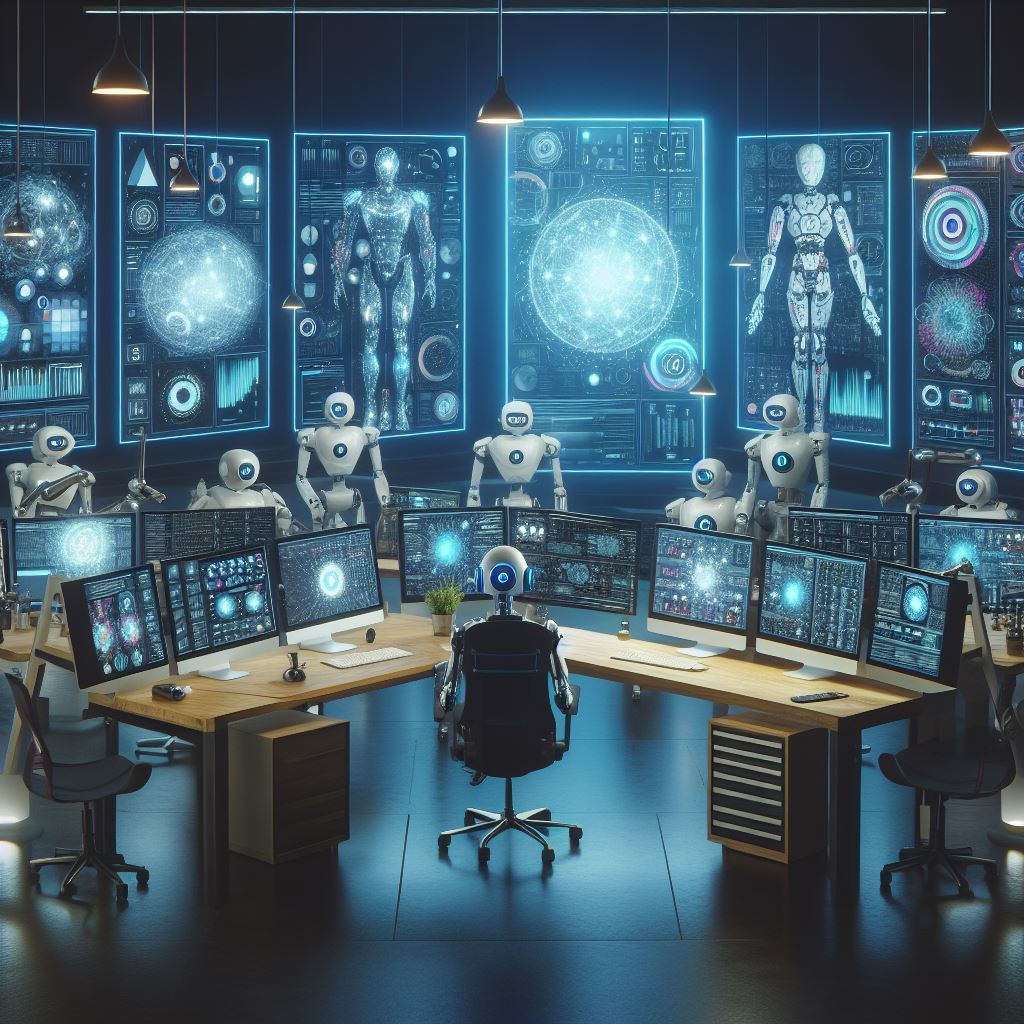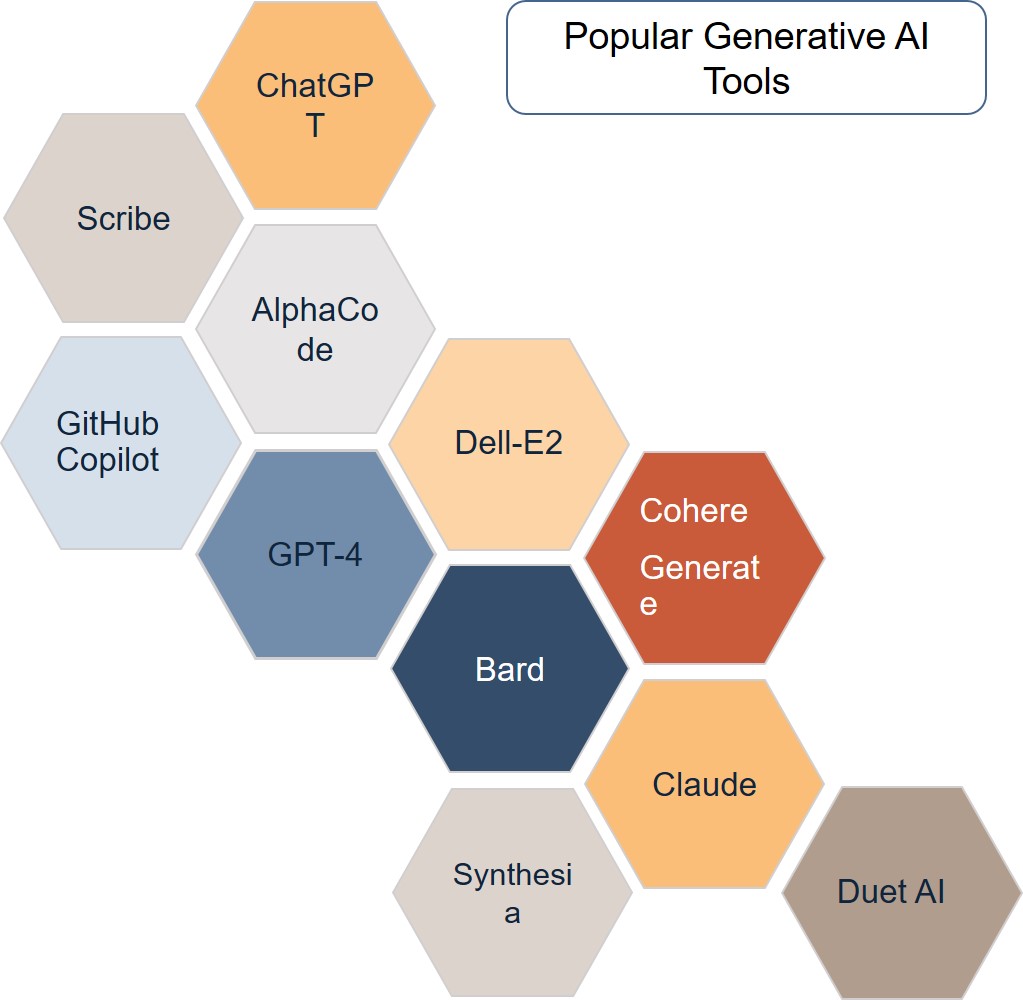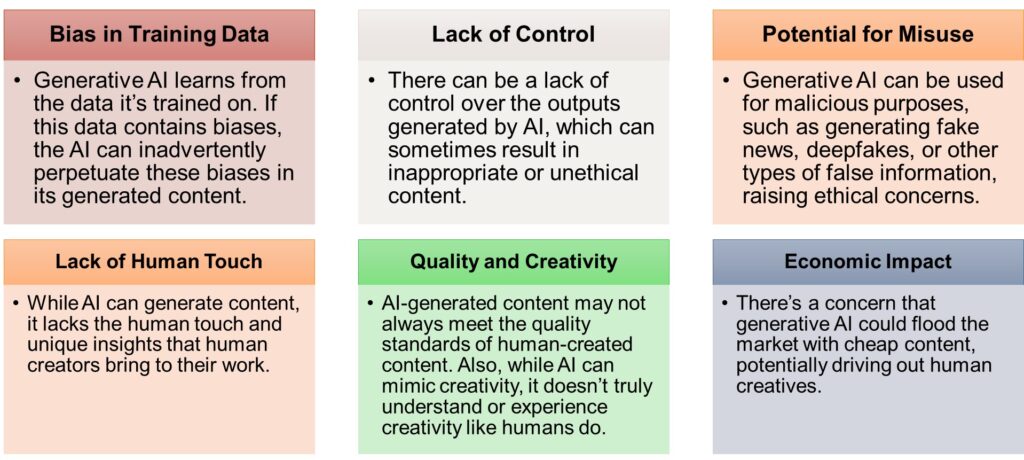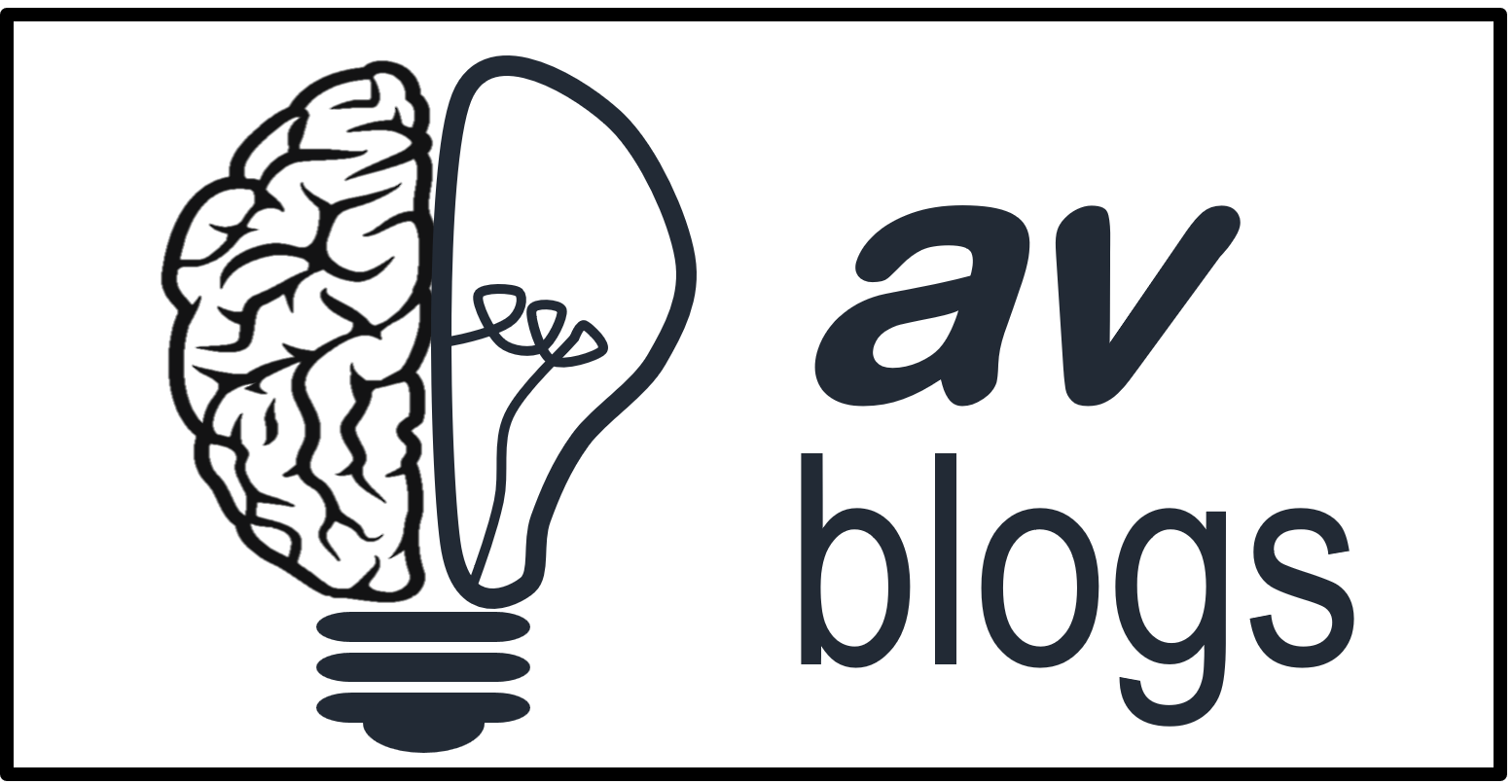Amit Vishwakarma

In the digital age, content is king.
However, the rapid pace of content consumption poses a challenge for creators. Generative AI, a subset of artificial intelligence, uses machine learning algorithms to generate content. It learns patterns from large datasets and can create new, original content that mirrors the style and tone of the input data. This technology has generated everything from articles and blog posts to poetry and music.
One of the key advantages of generative AI is its speed. Traditional content creation is time-consuming, often requiring hours of research, writing, and editing. In contrast, generative AI can produce high-quality content in a fraction of the time. This accelerated content generation allows businesses and individuals to keep up with the demand for fresh, engaging content.
Moreover, generative AI tools are becoming increasingly sophisticated. They can now understand context, maintain a consistent tone, and even exhibit creativity. Some tools also offer customization options, allowing users to tailor the AI’s output to their specific needs.
However, it’s important to note that while generative AI can accelerate content generation, it doesn’t replace human creators. AI-generated content still requires human oversight to ensure accuracy, appropriateness, and alignment with brand voice. Furthermore, AI can’t replicate the unique insights and personal touch that human creators bring to their work.

What Are The Limitations Of AI Generated Contents

Remember, while generative AI can accelerate content generation, it doesn’t replace the need for human oversight and creativity.
Several successful projects that have effectively combined human creativity and AI
Dvorák’s Dreams: This project used machine learning to breathe new life into the compositions and legacy of the 19th-century composer Antonín Dvorák.
Shelley AI bot: Shelley is an AI bot that tweets short horror story ideas and invites people to create collaborative horror tales. It can even respond to Twitter users’ suggestions.
Generative Adversarial Networks (GANs): Artists and designers often use these AI-generated pieces as a starting point for their creative projects or as a source of inspiration.
Music Composition: Musicians and composers use Generative AI to spark new musical ideas or even generate entire compositions.
Video Game Content: Generative AI is employed in the gaming industry to create dynamic game environments, characters, and quests.
Drug Discovery: In the field of pharmaceuticals, Generative AI is used to discover new drug candidates by analyzing molecular structures and predicting their effectiveness.
These examples illustrate how AI can augment human creativity, leading to innovative outcomes in various fields.
In conclusion, generative AI and related tools are powerful allies in the quest for accelerated content generation. They offer speed, versatility, and customization, making them invaluable tools in today’s fast-paced digital landscape. As these technologies continue to evolve, we can expect them to play an increasingly prominent role in content creation.


